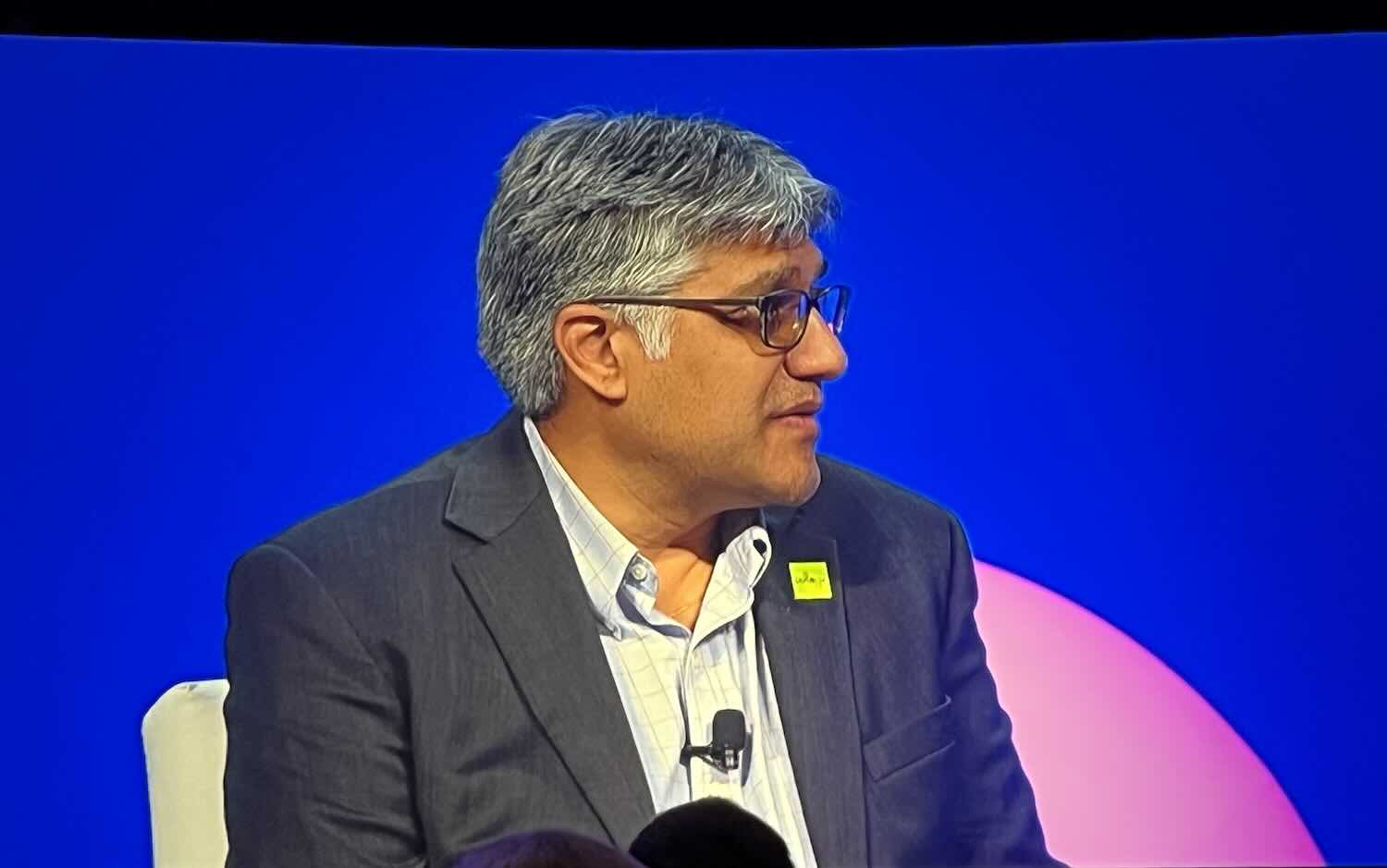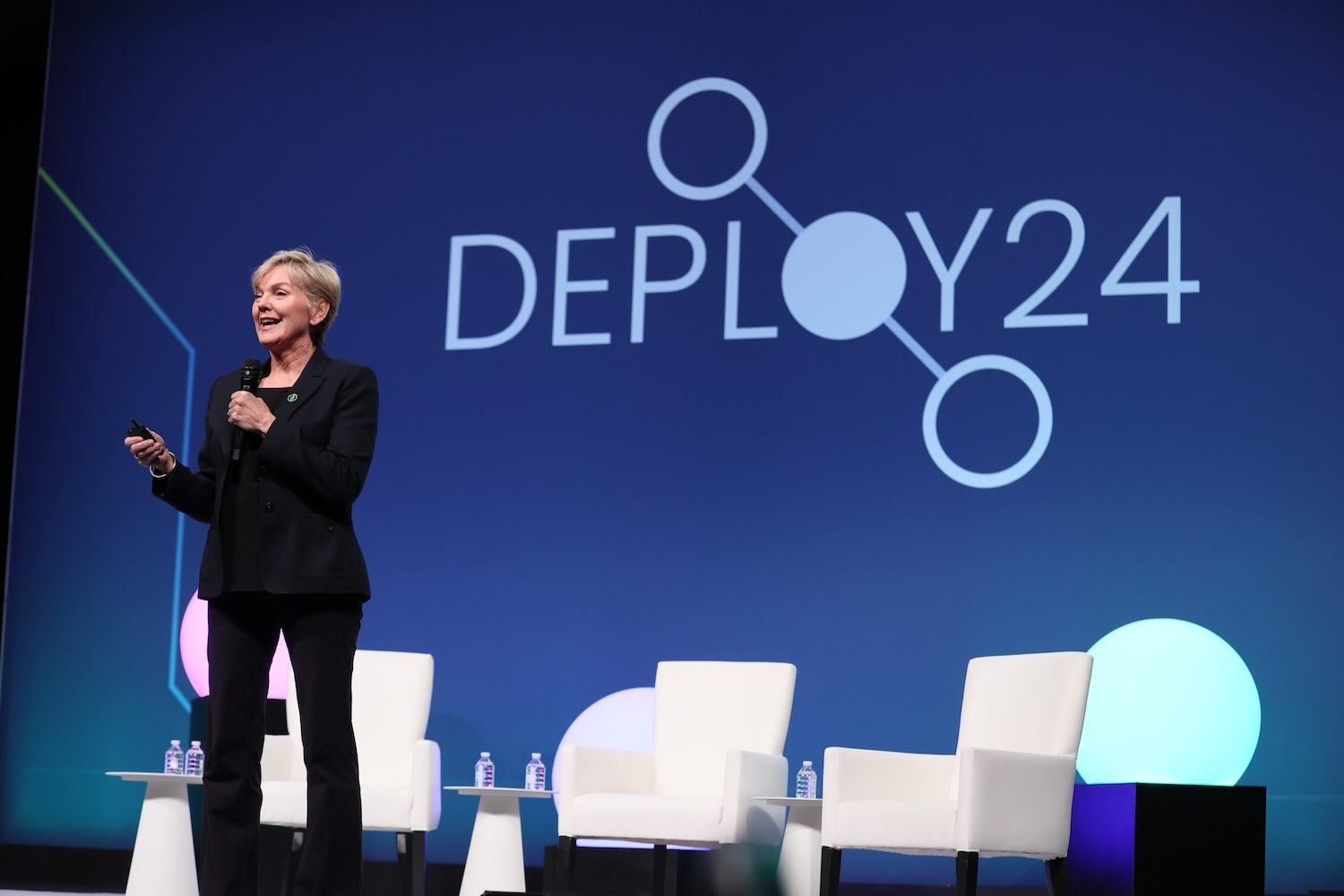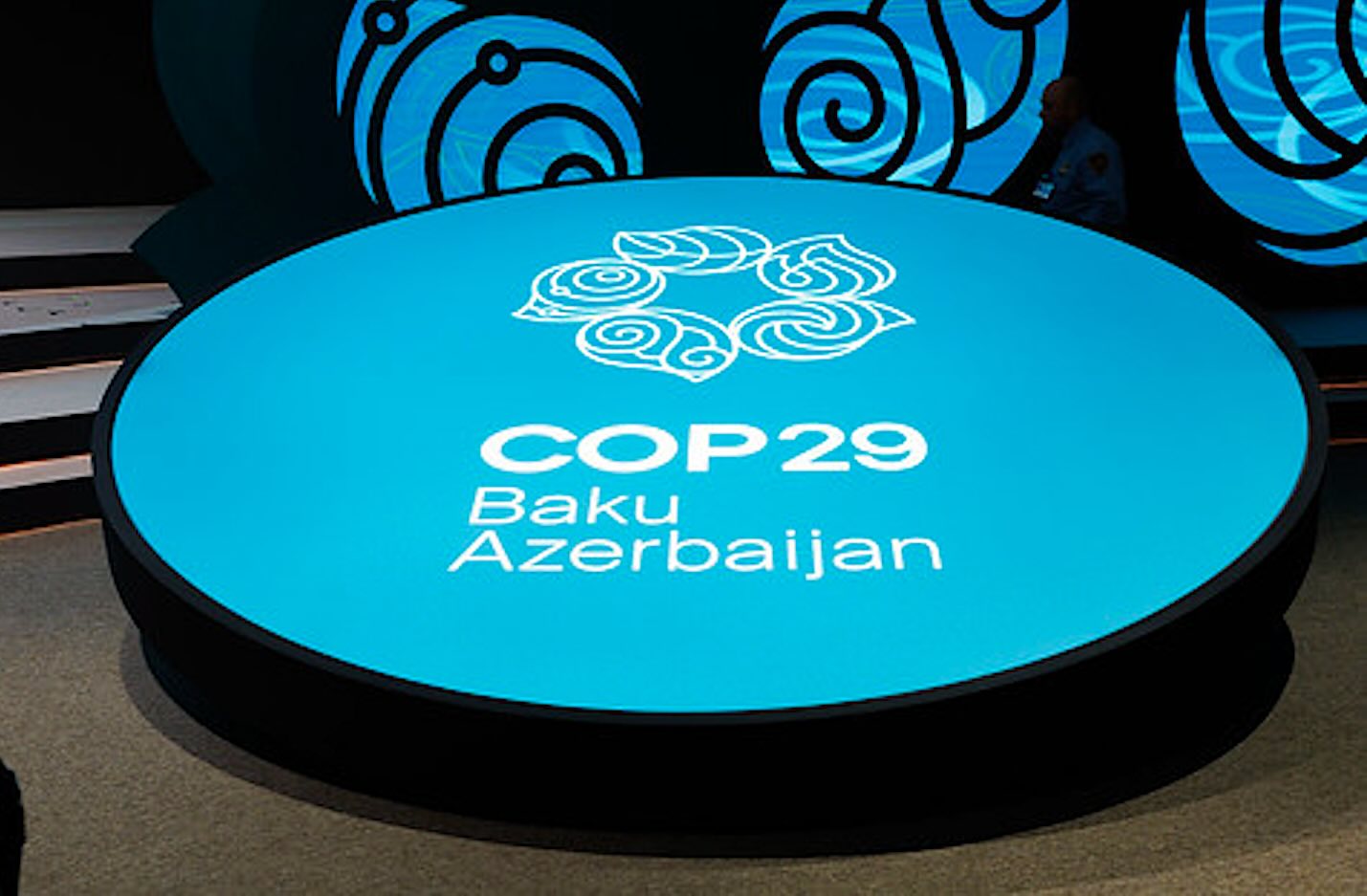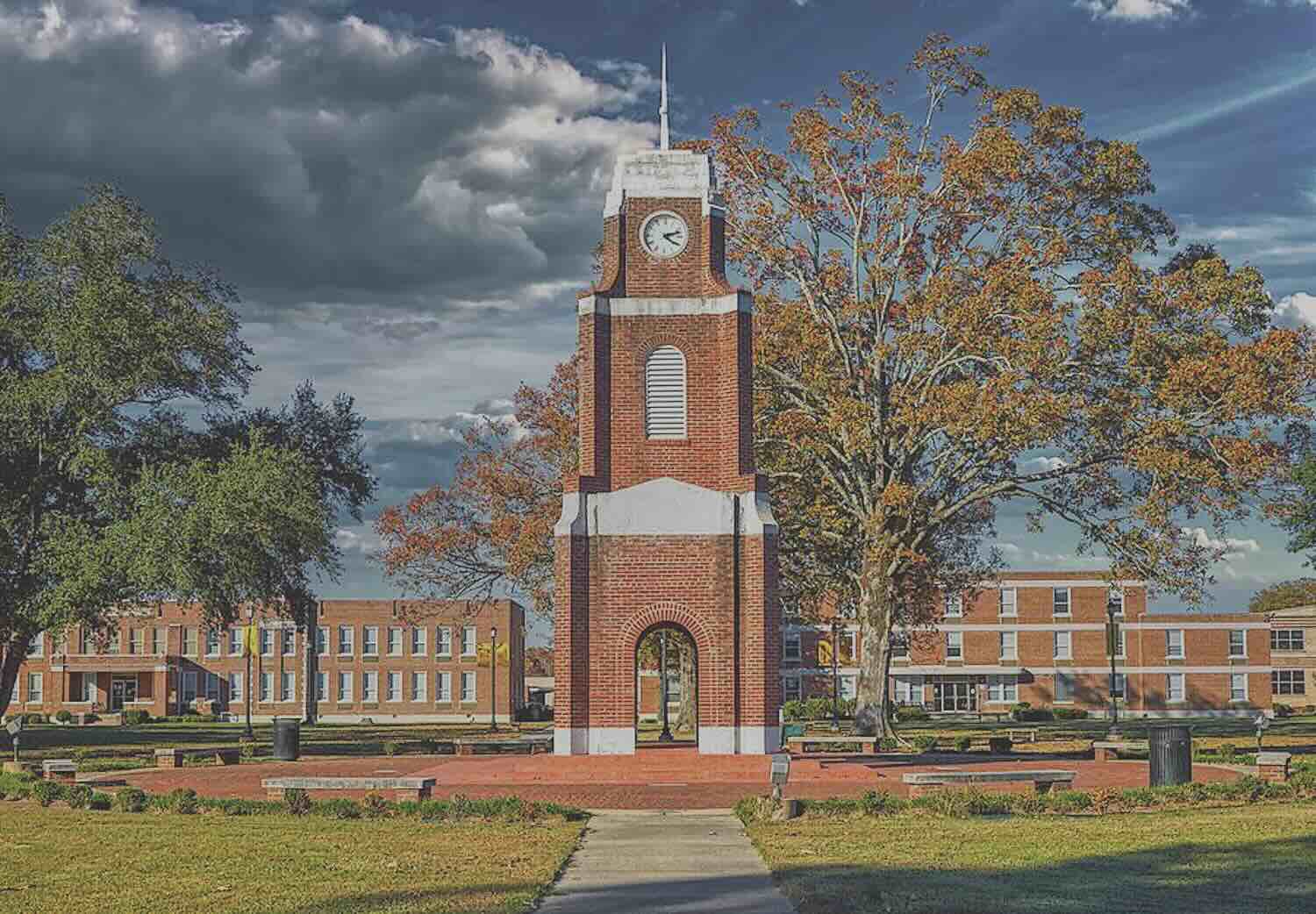Green project developers and project finance skills have always been in short supply.
Now, with $27 billion in Greenhouse Gas Reduction Fund awards teed up for community solar, building electrification and local EV charging projects, those skills will be in even greater demand.
“There’s going to be a huge need for talent and resources to make this all work,” says Trenton Allen of Sustainable Capital Advisors, a financial advisory and consulting firm. Allen worked with the Justice Climate Fund and others on their proposals for parts of the GGRF funding.
The need for project development and finance talent is especially acute in the resource-starved communities the GGRF aims to reach, where local organizations are often capacity-constrained. The energy transition will unfold community by community, block by block and building by building, and the rush is on to identify projects and developers to deploy the funds.
Allen is launching what he calls the Sustainable Infrastructure Finance Academy to help community lenders, local governments and developers get the resources they need. The offering includes group learning opportunities and direct one-on-one support as well as a database of educational resources on topics such as climate finance, energy markets, policy and government incentives, and financial tools including financial models and risk calculators.
“When you’re cranking along on these projects and trying to deploy this capital, you’re going to need to call someone to gain some perspective or support,” explains Allen. “That knowledge may not be deep in these organizations. They may not have two or three expert climate folks like they do housing and small business.”
The academy, says Allen, will provide an alternative to expensive, bespoke advice, which can quickly add up for community lenders. The goal is to “ensure they get the support they need, not just what they can afford.”
It is expected to be up and running in early summer, with full offerings available by the fall.
Support systems
Sustainable Capital Advisors is among a handful of groups looking to help new and existing lenders and project developers get up to speed and smooth the deployment of the historic funding.
If the first wave of support sparked by the historic federal largess aimed to help groups navigate the law and apply for funds, the focus now is on helping them deploy it. The Milken Institute’s online Community Infrastructure Center has been connecting economic development officials and project sponsors with the resources they need to compete for capital, including technical assistance, capacity support, and public funding. It is looking to expand those services as GGRF funds begin to flow.
San Francisco-based Banyan Infrastructure has developed software to streamline the project finance lifecycle, from origination and underwriting to risk management and reporting. “It’s project-finance-in-a-box,” says Amanda Li, who cofounded Banyan in 2019 to fill a gap in the market.
She is working with several green banks and community development financial institutions that were part of winning GGRF proposals. “They’re being tasked to create programming and scale it in a very quick timeline,” she says. “They need to be able to hit the ground running.”
Banyan also covers an area that has gotten little attention to date: the compliance reporting required by the GGRF (these are government programs, after all). The Environmental Protection Agency has estimated it will take awardees of funding from the Clean Communities Investment Accelerator, part of the GGRF, four staff hours to prepare reports each quarter. The Opportunity Finance Network, a network of CDFIs, thinks the reports will more likely require over 87 hours of staff time to complete each quarter. And that’s just one piece of the GGRF.
“The task ahead is going to be challenging,” says Li. “The average commercial lender struggles in this space. I think anyone who got this funding and tried to deploy it to low-income communities would be, quote unquote, ‘ready.’”












